Wu Zetian (624 - 705) is an outstanding politician in the Tang Dynasty, the founding monarch of Wuzhou age (690 - 705), the only orthodox female empress in Chinese history. She was an extraordinary woman, talented, intelligent, and ruthless in the ruling. She rose step by step from a nameless person in the royal court to an intimidating ruler and grabbed the Li family's power. Some people may judge here, but what we can’t deny is that Wu Zetian was a female hero who dared to challenge the patrilineal society and proved to be a brilliant empress.

Wu Zetian, born in Lizhou (today’s Guangyuan, Sichuan), was the second daughter of Wu Shihuo, one of the founding ministers of the Tang Dynasty (618 - 907). Her mother was a royal member of the Sui dynasty (the preceding dynasty of Tang). She had two brothers and two sisters. Wu's family became wealthy from the timber business. Wu Shihuo was an old friend to Li Yuan (the founder of the Tang dynasty), and he donated a lot of money, grains, and clothes when Li Yuan rebelled the Sui dynasty. After the Tang Dynasty was established, Wu Shihuo was granted the Lord of Yingguo. In 635 (Ninth Year of Zhenguan Reign), Wu Shihuo passed away. Wu Zetian followed her mother to live in Chang’an (the Tang Dynasty's capital city, today’s Xian).
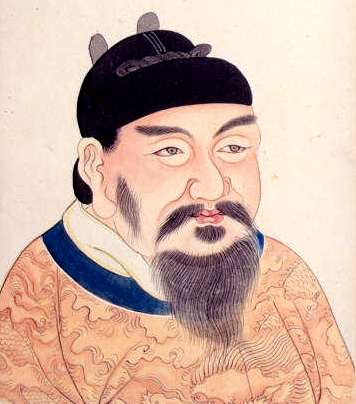
When Wu Zetian was only 14 (in 637), she was invited to court and became one of the thousand wives of Emperor Li Shimin. She was admired for her wisdom and intelligence, but the old emperor never cosseted her. However, Wu Zetian became known to the crown prince Li Zhi during the late few years of Li Shimin. In 649, Emperor Li Shimin died, and Wu Zetian, together with other nonparous concubines, was sent to Ganye Temple to be a bun. However, her secret relationship with the newly crowned emperor Li Zhi never stopped.
On the anniversary of the death of Li Shimin, Emperor Li Zhi came to Ganye Temple to offer sacrifices, and he met Wu Zetian again. The old affection rose again in their hearts.In May 651, Li Zhi officially brought Wu Zetian back to court, and she was already pregnant. Her first child, a son named Li Hong, was born shortly after she was back. In the following years, Wu Zetian made good use of her charm to consolidate her position in the emperor’s heart (Li Zhi had many wives, two of the most powerful are Empress Wang and Consort Xiao) and she did successfully gained the undivided love from the emperor.
In 654, Wu Zetian gave birth to her second child, a princess. According to historical records, when the princess was about one month old, Empress Wang paid a visit. When the Empress left, Wu Zetian choked her baby to death and covered the baby with a blanket. Then, Emperor Li Zhi came to visit his little daughter, only to find her died. Wu Zetian framed Empress Wang to be the murderer of her daughter. The Emperor was furious, and he thought of abolishing Empress Wang and making Wu Zetian the new Empress.  However, as a new emperor, Li Zhi’s power was restricted by many powerful founding ministers of the Tang Dynasty. The problem quickly became the power competition between the emperor and the powerful ministers. Wu Zetian became a political comrade to the emperor.
However, as a new emperor, Li Zhi’s power was restricted by many powerful founding ministers of the Tang Dynasty. The problem quickly became the power competition between the emperor and the powerful ministers. Wu Zetian became a political comrade to the emperor.
Later, a small minister supported the idea of making Wu Zetian the Empress, which was much appreciated by the emperor and Wu Zetian. Many mid-level ministers saw the opportunity and began to switch side to Wu Zetian. On Oct.20, 655, Wu Zetian was officially made the Empress and her competitors (former Empress Wang and Consort Xiao) were deposed. A few years later, the powerful ministers who opposed Wu Zetian were also dismissed.
Since 660, Emperor Li Zhi began to suffer from severe headaches. Sometimes it was so bad that he couldn’t even deal with the state affairs. Therefore, Wu Zetian started to help the emperor. She dealt with state affairs beautifully. She was smart, decisive, and domineering, which induced fear from ministers. The prime minister Shangguan Yi couldn’t stand a woman seizing so much power that he appealed the emperor to depose her. However, Wu Zetian managed to win the emperor over. Later, she even persuaded the emperor to take her to offer sacrifices to heaven in Mount Tai (an occasion she was not supposed to participate). She also made many useful political suggestions to the emperor, which were all approved and caused positive repercussions in society. The emperor relied more on Wu Zetian. He even regarded her as the Queen of Heaven. 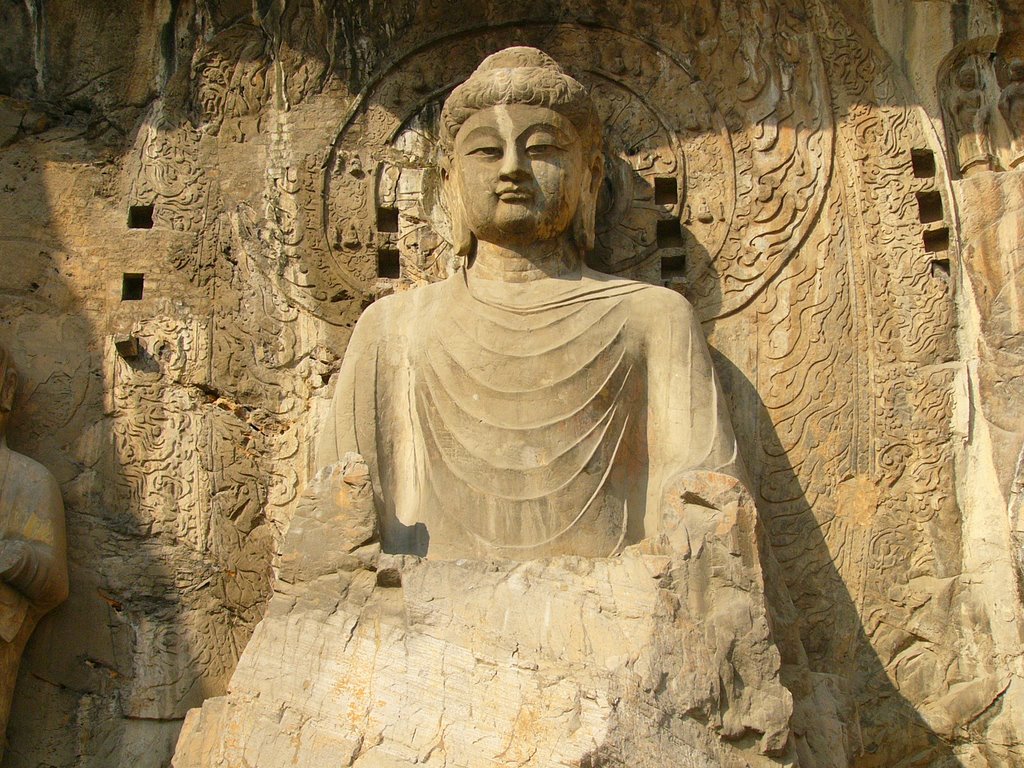
In 684, the new Emperor Li Xian wanted to appoint his father-in-law Wei Xuanzhen the Privy Counselor, which became an excuse for Wu Zetian to depose him and make Li Dan, 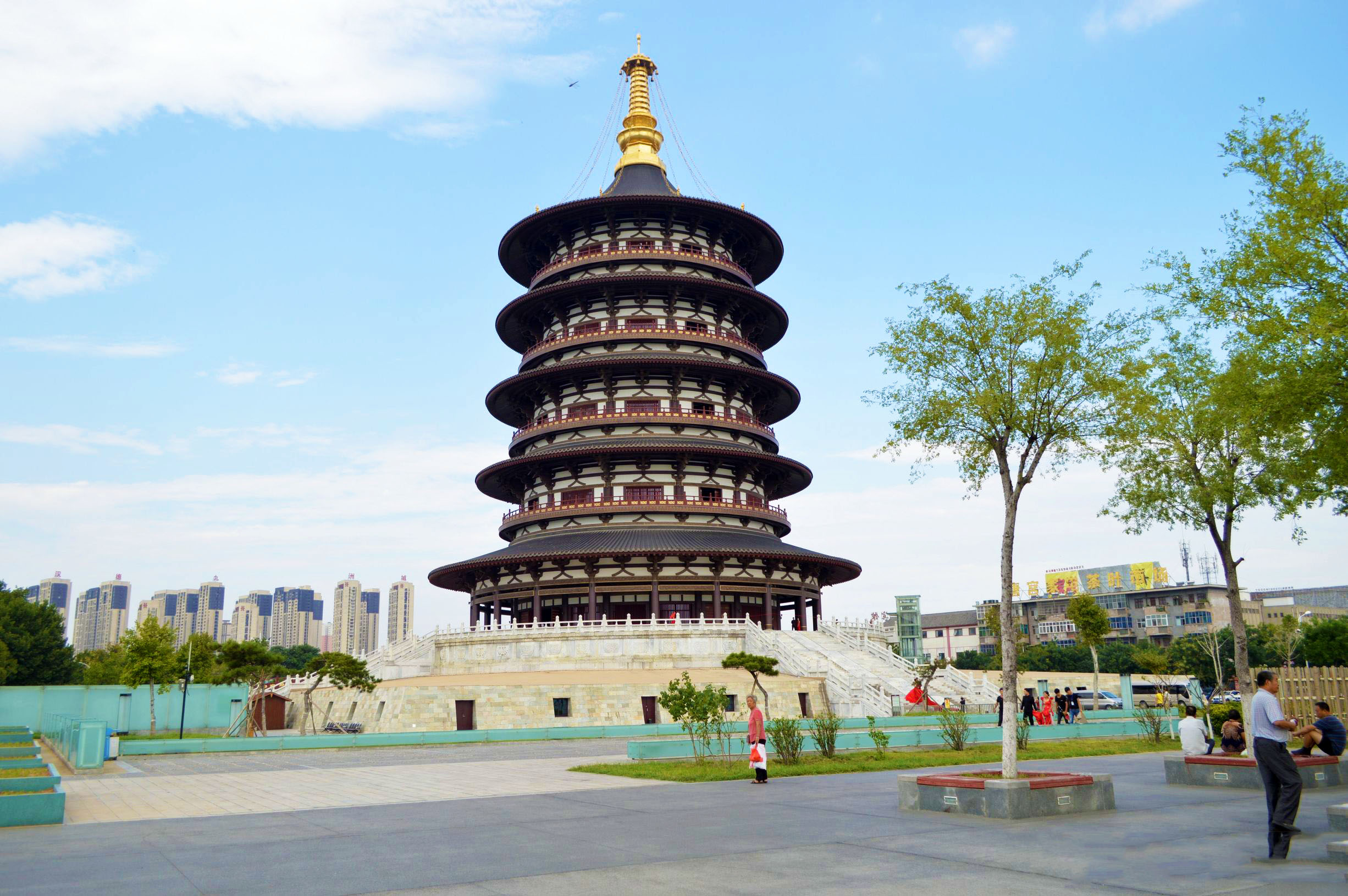 a weak son of Wu's, the emperor. Since then, Wu Zetian began to rule aboveboard. She moved the capital to Luoyang, changed the banner, officials’ robes, and the palaces' names. She also squashed the uprising led by Xu Jingye, who attempted to bring the deposed emperor Li Xian back to court.
a weak son of Wu's, the emperor. Since then, Wu Zetian began to rule aboveboard. She moved the capital to Luoyang, changed the banner, officials’ robes, and the palaces' names. She also squashed the uprising led by Xu Jingye, who attempted to bring the deposed emperor Li Xian back to court.
Since 686, Wu Zetian encouraged her subjects, officials, or farmers, to tell each other. If the information proved accurate, the informers would get a reward and even be appointed an official. Even though the report was false, she wouldn’t punish the informers. She also employed many cruel officials to torture and kill the informed and the members of the Li family. Everyone was terrified, including the high officials and ministers. The fact is Wu Zetian’s oppressive politics was carried for over ten years, during which numerous officials, ministers, and lords of Li family were killed. In a sense, Wu Zetian restrained the noble families and fostered the commoners. The remaining lords of the Li families called on people to rebel Wu Zetian’s tyranny but failed. Wu Zetian continued to rule like a tyrant. She elbowed out the naysayers, built magnificent palaces, and majestic Buddhist statues resembling herself.

On September 9th, 690, Wu Zetian officially proclaimed herself the Divine Empress and established the Zhou dynasty. She was 67 years old now. Two years after her reign, Wu Zetian sent tens of thousands of troops to fight against Tubo, and as a result, four important cities were included in the Tang territory. Wu Zetian also bestowed her Wu family members and kinsmen lords and officials. The contradiction between family Wu and family Li was intensified, and Wu Zetian struggled to decide her successor.
With the crown prince reappointed, Wu Zetian had nothing to worry about. Besides, she became old and unable to perform well as she used to be. Thus, her focus shifted to entertainment, building palaces, and monasteries. She had many gigolos; two were particularly favored, Zhang Yizhi and his brother Zhang Changzong. They were so pampered that ministers and officials had to please them to get things done. Wu Zetian’s illness made her weak in controlling the court. She let the two brothers act at their own will. Chronicle tells us that the Princess Yongtai, a granddaughter of Wu Zetian, and her husband were put to death for discussing the Zhang brothers in secret.
In January 705, Wu Zetian was seriously ill; she couldn’t even get out of bed. The prime minister Zhang Jianzhi and other ministers launched a coup. The consequence was Wu Zetian had no choice but to step down from the throne, and her favorite toy-boys were killed. On December 16th, Wu Zetian passed away. In May 706, she was buried in Qianling Mausoleum, together with Tang Gaozong Li Zhi.

After being made the Empress, Wu Zetian helped Emperor Li Zhi drive the old hereditary families out of the court and enrolled many commoners as officials. To collect talents, Wu Zetian organized the imperial examinations personally. She also encouraged subjects to recommend talents. Besides, Wu Zetian also set up the military examination, which was unprecedented, to collect military leaders. With all these policies, many commoners were promoted, and they became the backbone force of Wu Zetian’s reign. There are, of course, many mediocrities being employed in her court.

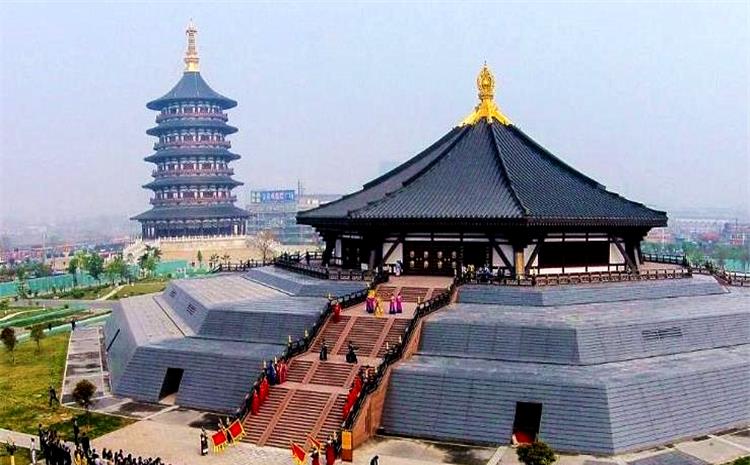
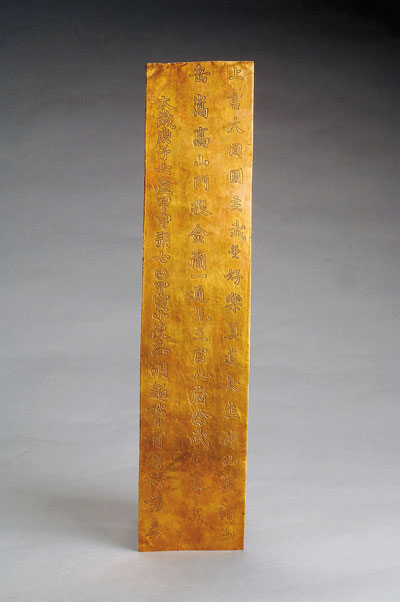 military force. With Tujue grew powerful, part of Anbei Protectorate was infringed, and Anxi Protectorate was under constant assault from the Tubo dynasty. Although Wu Zetian managed to retake Anxi Protectorate, Anbei Protectorate was lost.
military force. With Tujue grew powerful, part of Anbei Protectorate was infringed, and Anxi Protectorate was under constant assault from the Tubo dynasty. Although Wu Zetian managed to retake Anxi Protectorate, Anbei Protectorate was lost.Nevertheless, Wu Zetian was a brilliant leader who valued talents, developed imperial examinations, listened to advice, and promoted a lot of ministers like Di Renjie, Zhang Jianzhi, Jing Hui, Yao Chong, etc.. During her reign, society was stable, culture was flourishing, and commoners lived peacefully. She laid the foundation for a more prosperous age in her grandson Tang Xuanzong’s reign.
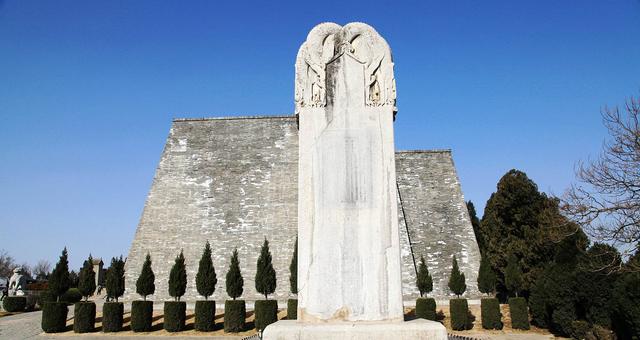
Wu Zetian was buried in Qianling Mausoleum with Tang Gaozong Li Zhi. This tomb is famous for its many stone statues and the mural paintings on subterranean walls. Of all the stone statues, Stele Without Inscription is the most famous one. It’s specially designed and placed in a prominent position. Wu Zetian purposefully left it not inscribed because she wanted to leave her deeds at later generations' judgment.
Visit Qianling Mausoleum at Day Trip to Qianling Mausoleum and Famen Temple
Learn more about Tang Dynasty - History, Emperors, Politics, Culture, and Economy
Copyright © 2019 Lily Sun China Tours International, Inc. Terms &conditions | Privacy Policy | Sitemap